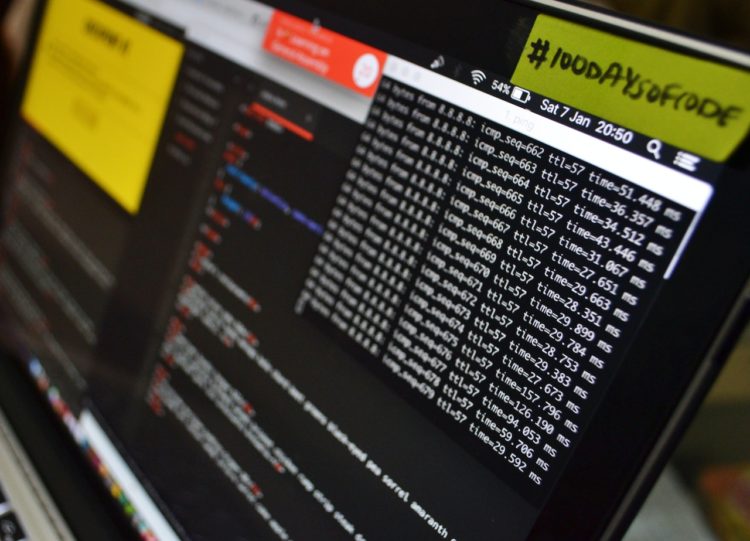Digital adoption continues to accelerate as businesses aim to perform and deliver innovative solutions faster. To support this development, Singapore's Minister of Communication and Information, Josephine Teo, announced the creation of a Digital Connectivity Blueprint (DCB) that will chart the island nation's technological future.
Specifically, the blueprint will outline priority areas and expansion strategies that will enable organisations to prepare for future challenges.
However, cybercriminals are constantly finding new ways to exploit vulnerabilities, which include weak and uncompromised identities, so they can disrupt business operations.
This is further complicated by economic headwinds that will slow Singapore's GDP growth, which the Ministry of Trade and Industry (MTI) forecasts could drop to as much as 0.5%. These developments pressure organisations to provide more effective security with less.
Doing that rests on cybersecurity leaders prioritising six key areas to mitigate the risk of highly damaging identity-based attacks.
1. People. While people form the backbone of business operations, they can also unintentionally open the door for attackers to move in. For instance, phishing techniques are designed to trick users into giving up their confidential information through a fake link or email. According to our own survey, the greatest risks originate from third-party identities, including those of partners, consultants, and service providers.
2. Workforce upheaval. Layoffs are not an ideal situation, but the current economic climate means they are a distinct possibility and businesses must account for security risks that can arise from workforce changes.
CyberArk’s 2023 Identity Security Threat Landscape Report found that 75% of Singaporean organisations expect more employee churn-related attacks throughout 2023. These types of attacks often count on security teams' inability to identify and de-provision accounts manually once an employee leaves the company.
3. Machine identities. The percentage of machine identities outranks that of humans at 46% to 42%. When put in context - i.e., 84% of local organisations indicate that they will adopt more SaaS tools within the next 12 months - this is cause for concern as it provides devices with unfettered access to business resources.
4. Business systems. When asked about which assets have the potential to cause the most damage, security leaders responded with business-critical applications, including enterprise resource planning (ERP) and financial management software.
Our survey found that only 34% of these applications have identity security controls in place. Furthermore, 65% of security leaders admit that their employees have unsecured, high-sensitivity access to applications.
5. Software development. The pressure to stay ahead of the competition has pushed organisations to provide developers with seamless access so they can speed up go-to-market. This, combined with the lack of capacity by security teams to handle frequent access requests, makes their identities highly attractive targets for attackers to gain access to critical data.
6. Identity security toolsets. To protect against the ever-evolving threat landscape, organisations have resorted to deploying various security tools from multiple vendors. However, because these tools do not communicate with one another, this setup has created unaccounted gaps and overlapping functionalities.
Strategies to lower identity security risks
Most cyberattacks follow a similar process in which the user first acquires the right identities and credentials to get inside the system. From there, they either look for confidential files to steal or gain higher privileges by moving laterally through different accounts, allowing them to disrupt critical systems.
To overcome these attacks, it is imperative that organisations adopt identity-based security controls that uphold the principles of zero trust and can integrate seamlessly with the organisation's tech stack.
This should also be supported by other measures that protect company assets, without hindering access. These include just-in-time (JIT) access that is based on when the resource is most likely to be used, removing local admin rights, and adopting least privilege principles to prevent escalation. With these measures, security teams will be able to stay ahead of tactics such as phishing and malware.
An impenetrable cybersecurity strategy relies on organisations providing greater focus on user and device identities. Not only will this cut down the number of incidents they have to contend with, but it can also reduce the amount of cybersecurity debt they incur.
The stakes are high, and there is no room for error, especially as companies look to maintain their survivability in this tumultuous economy.





